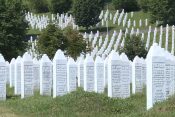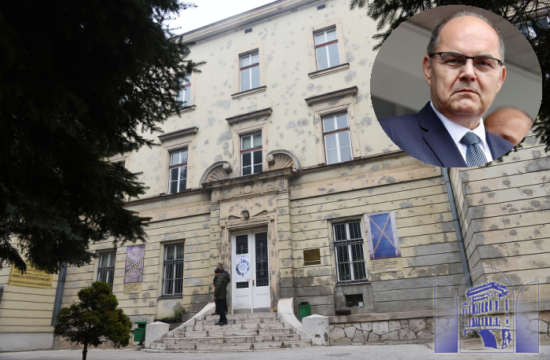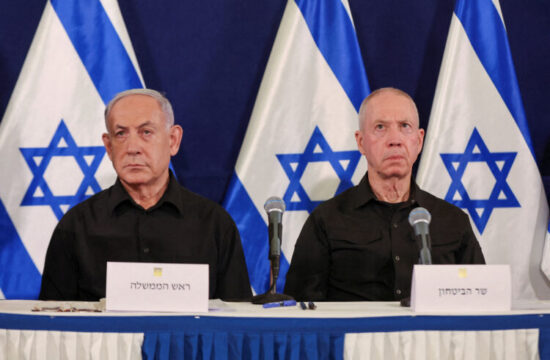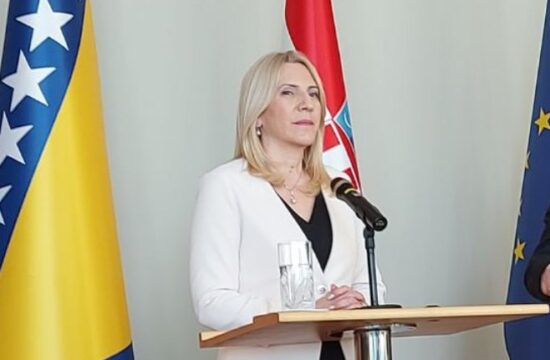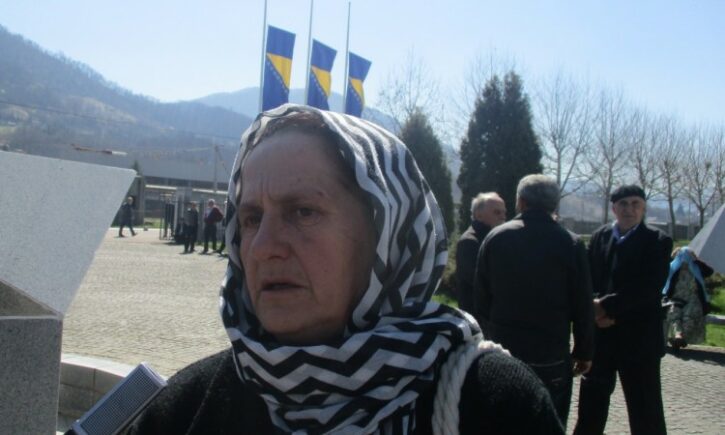
Srebrenica survivor Nura Begovic will bury nothing more than her brother’s fist at the annual burial and commemoration of the victims of the 1995 Srebrenica genocide on Thursday, but at least she will have a grave to pray at.
“Some of his belonging were found, his watch and his clothes. My brother was 43 years old, and he left two children behind. I will only bury one of his fists,” she said.
She said she never expected that all of her Adil’s remains would be found, “because we know how they were being killed and how their remains were being taken from one mass grave to the next.”
After they executed nearly 8,000 Srebrenica men and boys 1995, the Bosnian Serb forces buried the victims in mass graves. A few months later, they dug up the bodies and reburied them at other locations in an effort to cover up the crime.
This was mostly done with bulldozers and the machines tore up the bodies while loading them on trucks to be transported to some other location. By the time the remains were reburied into another grave, the bodies were a simple mix of people’s bones.
“Unfortunately, our mother is not alive to see the bones of her only son Adil buried,” Begovic said.
Having a grave she can visit and where she can pray to means a lot to her, she says.
“The Memorial Centre is a sacred place for us. We survivors find our peace here, and for us, this place is especially important. We are aware that we can never find the complete remains of our loved ones who were killed,” she said.
Currently, there are 6,610 genocide victims buried in the Srebrenica – Potocari Memorial Centre. Another 33 will join them on Thursday.
Two international courts, The International Criminal Tribunal for the Former Yugoslavia and the International Court of Justice ruled that what happened in Srebrenica was an act of genocide.



